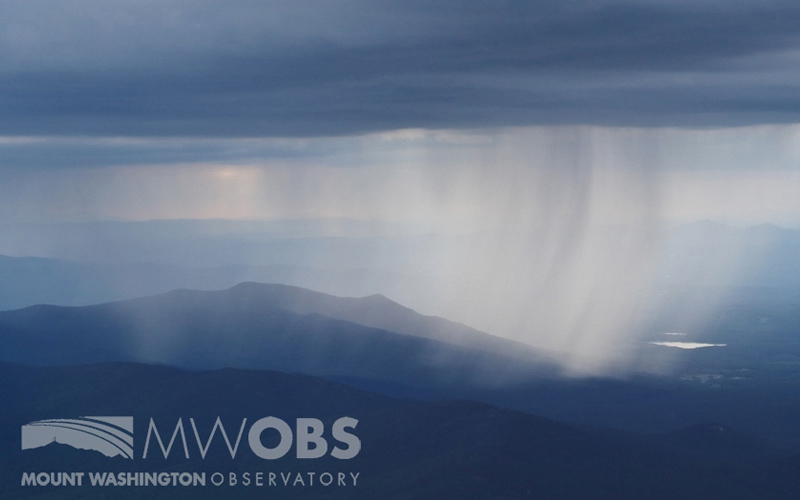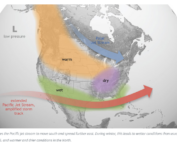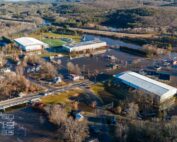Citizen Science Puts Weather Reporting in Your Hands

Ryan Knapp, Weather Observer & Meteorologist
Mount Washington Fall Almanac and a 2024 Seasonal Outlook
Mount Washington Fall Almanac and a 2024 Seasonal Outlook By Alex Branton As we move deeper into the month of September, New England’s most notorious season, fall, is nearly upon us. Reflecting on a warmer than normal and slightly wetter than normal summer in the White
My Summer Internship Recap
My Summer Internship Recap By George Mousmoules It is hard to even begin to describe all that has happened in the last three months during my time at Mt. Washington. Between writing my first Higher Summits forecast, experiencing a microburst, hiking through the gorgeous scenery, watching
Reflecting On My Summer in the Clouds
Reflecting On My Summer in the Clouds By Maya Hartley Arriving at the summit of Mount Washington for the first time ever just a couple of months ago was a moment I will never forget, and after spending 6 weeks living, working, eating, and having so
2023 By The Numbers
2023 by the Numbers By Ryan Knapp January has arrived, a time to not only look forward to what might occur in the coming year, but also look back and reflect on the previous
Snow on the Way
Snow on the Way By Alexis George After a December to remember (or forget, depending on your preferred weather), in which much of the Northeast experienced warm temperatures and a snowfall deficit, it finally
Rain-On-Snow: A Closer Look at December’s Unprecedented Flooding
Rain-On-Snow: A Closer Look at December's Unprecedented Flooding By Charlie Peachey The December 18-19 storm that produced unprecedented flooding across most of New England will be remembered by most as one of the most







